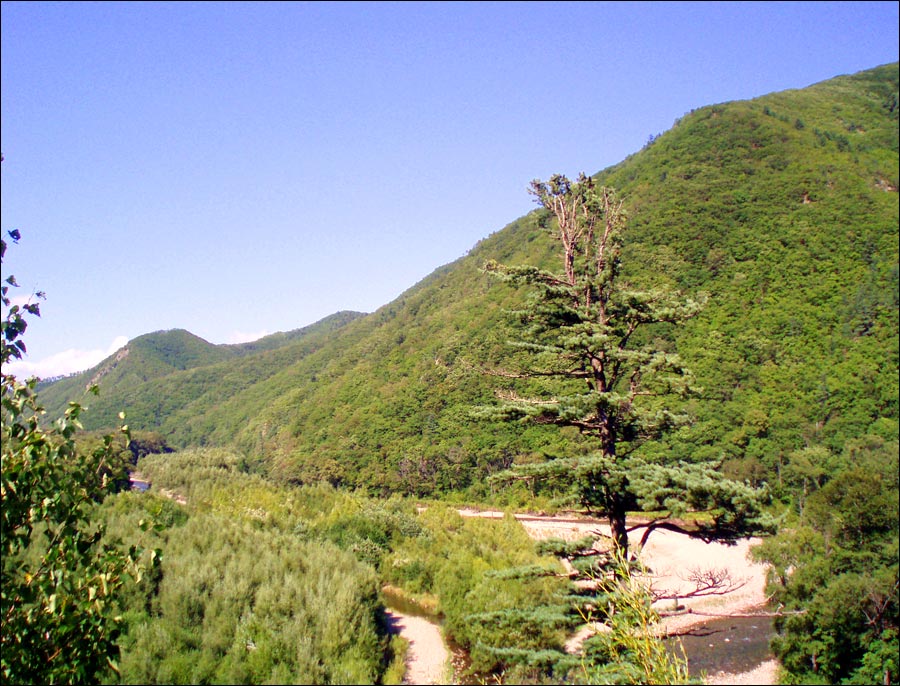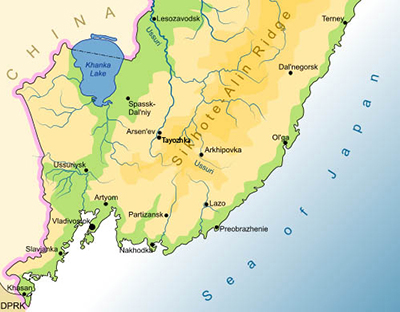Tennōheika Banzai
“No matter how long the night lasts, the sun will always rise.”
-Yukio Mishima-
Since the victory of the
Minseito Party in 1972, Prime Minister Yukio Mishima had been hard at work reshaping Japan. The economy was booming, traditional cultural norms retained with needed modernizing reforms, and national confidence restored to pre-WWII levels. He found immense success in political reform, convincing the Emperor Showa to reclaim his godhead. Hirohito largely distrusted him though, and the real efforts wouldn’t begin until his death and the coronation of his second son Masahito as Emperor. An ally of Mishima since his rise in the early 1970s, Masahito used his clout with the people to support the 1984 recreation of the House of Peers as the second legislative house in Japan. On a 1988 party line vote in the Diet and unanimous vote in the House of Peers, Mishima restructured the State of Japan back into the Empire of Japan – normally it would have dominated headlines across the world, but the world was busy with the tensions between the great power blocs and it went largely ignored.
However, his greatest effort was in the realm of building up the Japanese Military. After the repeal of the pacifist elements in the Constitution, Mishima and Defense Ministers Minoru Genda and Shintaro Abe – the latter succeeding the former after Genda died in 1985 – passed the Military Expansion Acts of 1982 and 1986 through the Diet and HoP. The entire pacifist officer corps was sacked, replaced by promising young commanders and skilled members of the HoP, including a dashing noble named Kazuo Yamanashi. By the time World War III began the Imperial Japanese Army, Navy, and Air Force were at the same strength as prior to the Japanese takeover of Manchuria half a century before, the industrial conglomerates churning out high quality weapons and equipment. As the Soviet juggernaut advanced through Europe, Mishima felt it was time to initiate the next step in his effort to revitalize Japan. While progress had been made, it had been his deep belief that unless he could alleviate Japan’s long-term problems with a stagnant national will and overcrowding in the cities then all progress would reverse. Still, he held out for the longest time, until a breakthrough was achieved. American SecState John Danforth (having been appointed to the position after Dick Cheney suffered a heart attack and resigned in October 1989) and Special Envoy to East Asia Ronald Reagan finalized negotiations with Mishima and Foreign Minister Yasuhiro Nakasone guaranteeing Japanese territorial gain after an Allied victory.
Buoyed by CIA, MI6, BOSS, and Mossad reports that the Soviets weren’t expecting Japan to actually act, Mishima went to Emperor Masahito at the Imperial Palace to request consent to declare war. The Emperor, fearful of what happened to the Empire under his father – Emperor Showa – was initially hesitant and cautious, but after a long discussion was convinced to follow the Prime Minister’s point of view. Given the Imperial consent, Mishima authorized Operation
Kitsune to begin, tasking Prince Yamanashi to lead the combined forces to long-awaited glory. In the evening hours of December 19th, 1989, he addressed a closed session of the Diet. The odd candidate for the leader of a resurgent empire called on his countrymen to join him in the restoration of Japan’s glory:
“
To prove to the peoples of the world that Japan will never set. That Japan will never descend into the permanent darkness of a broken nation. No matter how long the night lasts, the sun will always rise! And the Rising Sun will do its part to save the world from tyranny, and bring everlasting glory and honor to our land, our people, our ancestors. Tennōheika Banzai!”
All but the far-left of the Socialist Party and the far-pacifists joined Mishima in a chant not seen since WWII, the vote almost unanimous. Japan was going to war.
Upon the declaration of war, the IJAF swarmed over Sakhalin Island – nearly 200 fighters and strike fighters overwhelmed the 40 largely obsolete Soviet aircraft (F-15Js and Mitsubishi F-2s facing off against MiG-21s and Su-15s) and pummeled the defenses there. At dawn of December 20th, 50,000 soldiers of the 2nd Field Army under General Tokikichi Arima landed at Aniva and Korsakov on the southern tip of the island. Facing off against 10,000 KGB troops and Soviet Air Force ground units, the two pincers quickly converged on Yuzhno-Sakhalinsk. Moving with the speed and pluck characteristic of Japanese Armies in the past, the city was taken in just an additional day of sparse fighting, 500 Japanese casualties to 2,000 Soviet. Additionally, a second landing was made with 20,000 at Poronaysk and 10,000 Naval Special Landing Forces were tasked with taking the Kuril Islands. All targets would fall by the end of December, the final Soviet garrison at Aleksandrovsk-Sakhalinskiy surrendering on December 29th. In triumph, Prime Minister Mishima would personally visit the former Soviet city, renamed Toyohara as it was during the Japanese control of the island, renamed Karafuto. Arima, a garrison force moving in to take over, prepared his unit for transfer.
While Karafuto was close enough to Japan to assault almost immediately, the Imperial General Staff still needed to deal with the Soviet Pacific Fleet. A shadow of its former self as half their surface assets and all their aviation ships were transferred west, the Soviets still possessed quite a punch with one
Kirov-class battlecruiser and seven guided missile cruisers. Thus, the IJN under Admiral Binichi Murukami set sail with the massive transport fleet on December 15th from the new naval base at Hakodate, Hokkaido with the pride and joy of the Japanese Naval expansion: the fleet carriers
Akagi and
Yamamoto, and the fleet guided missile battlecruisers
Yamato and
Kirishima. Exultant sailors cheered the raising of the famous Z-Flag used at the great naval victory at Tsushima, Japan advancing once more to its place in the sun. They sailed largely out of sight until December 21st, in which a Soviet
Uladoy-class destroyer managed to send out a warning before being sunk by a F-4 naval strike fighter off
Yamamoto. Ordered by STAVKA to wipe out as much of the Japanese transport fleet as possible due to the serious lack of troop strength in the Far East, Soviet Admiral Gennadiy Khvatov sailed out from Vladivostok to engage the Japanese – thinking it better to fight rather than get bottled up in port and get wiped out. With ground-based fighters of the IJAF suppressing as many Soviet Air Force aircraft as possible, the two fleets met one hundred miles off the Outer Manchurian coast. The high-quality Japanese sailors and naval airmen overwhelmed the undertrained, c-list ground forces that the Soviets kept in the Pacific Fleet. Surface-hugging cruise missiles blasted past the Soviet air defenses, sinking much of the fleet and scattering the remaining ships – whatever wasn’t sunk fled for Petropavlovsk. Aside from submarines, most of whom were harassing US shipping in the east Pacific, the Battle of the Sea of Japan cleared the way for the invasion fleet.
Three days following the Battle of the Sea of Japan found Japanese forces launching their first military operation on mainland Asia since 1945. The Japanese doctrine called for a far more mobile, independent force structure than most western militaries. Four Field Armies comprised the initial mainland assault in Operation
Kitsune, the total of 240,000 soldiers divided more or less evenly among them. Compact and trained in a combined arms, fully integrated fire support, and “Thunder Running” – a term borrowed from the Americans – the plan before them was risky but Prince Yamanashi was confident that it would end in victory. The invasion came with four main landings. The 3rd Field Army under Count Mogataru Takahashi, the largest of all four at 75,000 troops, landed east of the port of Nakhodka and quickly moved to capture the city for resupply purposes for the invasion. West of Vladivostok near the North Korean border, the smallest force of 40,000 troops of the 5th Field Army under Lt. General Raizo Ishii landed – they captured all the land up to Primorsky before encountering major resistance. And lastly were the landings of the 1st and 4th Field Armies (125,000 troops) at Preobrazheniye and Veselyy Yar respectively. Commanded directly by Yamanashi, their objective was the most important. As the others were tasked with holding the main Soviet forces in place, the 1st and 4th would cut across Outer Manchuria and sever the Trans-Siberian Railway.
Efforts in Germany, Italy, the Atlantic, Iran, and Iberia taking priority, the Far Eastern Military District had been stripped bare for the most part. Having been up to 1.1 million at the height of the Sino-Soviet Border Crisis, in December 1989 it was a hollow husk of its former self at only 110,000 troops and largely obsolete equipment commanded by Col. General Lev Rokhiln. Against the might of the rejuvenated Japanese Empire – who, unlike in WWII, were armed with the latest and greatest in weaponry – they resorted to the defensive for the most part. However, piss poor intelligence believed that the two northern IJA landings were mere feints with only half as many troops than were there in reality. By the time that the beleaguered Soviets realized the threat to the north, Yamanashi was already through the mountains. A small holding force commanded by Brig. General Aleksandr Kotenkov at Arsenyev were overwhelmed by the Japanese on January 17th, while Lake Khanka was reached on the 28th, severing the Trans-Siberian Railway and cutting off Vladivostok.
The remainder of February for the Japanese was spent trying to clear out as much Soviet territory as possible. All of the past six weeks had been spent frantically building belt after belt of defenses, and with the two flanking Japanese pincers – the eastern one out of Nakhodka reinforced by General Arima’s 2nd Field Army – closing in, General Rokhlin ordered a scorched earth policy put into place and what few tank units he had left to delay the Japanese advance long enough for the remaining forces to withdraw into the Vladivostok defenses. 37,000 Soviets would clash with the 4th Field Army at Ussuriysk on Feb 9th, the tank battle raging for 36 hours before a division from the 1st Field Army arrived and scythed through the Soviets. The battle would go down as one of Prince Yamanashi’s finest victories, but over the long term it gave Rokhlin the chance to withdraw 40,000 men into the Vladivostok peninsula, anchored in the main defense line cutting through the suburb of Artem – securing the city and both the civilian airport and the military airbase on Russky Island. The Siege would begin in earnest, Japanese artillery starting its steady pounding the city on February 23rd, 1990.
In Tokyo, the enthusiasm was palpable. Elderly veterans of the past war – both as soldiers and civilians – were as hopeful as ever that their nation would rise once more. Youth, with no knowledge of any Japan but this one, flocked to the streets and to the recruiting offices to show their support for their nation and Emperor. The IJN ferried tens of thousands of troops to Nakhodka and the Mulberry ports along the coastline of Primorsky Krai. IJNA and IJAF battled with newly arrived Soviet Air Force units on loan from strategic air defense. Prince Yamanashi and Prince Abe knew that the fight would not be as much of a cakewalk as before, tensions with China increasing as their longtime enemy shared a land border with them for the first time since the Second Sino-Japanese War. STAVKA reassigned General Anatoly Kvashnin from Germany to command the entire Far Eastern Front, hundreds of thousands of reinforcements pouring into Irkutsk, Blagoveshchensk, and Khabarovsk as efforts shifted from Vladivostok to the next stage – the drive to the north.






